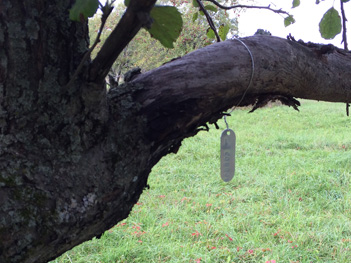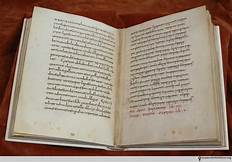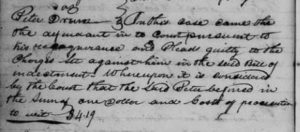I’ve been consumed with my Hollingsheads for the last two months so I’ve not blogged about a few awesome resources I’ve come across that may benefit you. Some are free, some are not. Here they are:
- MyHeritage Photo Enhancer is a wonderful tool not just to fix blurry photos but also get a better view of fuzzy documents. I tried this out in June when I was having difficulty transcribing handwriting from a Quaker document. I also tried it on an extremely blurry group photo I had of my husband’s Harbaughs but the original photo was too small so it didn’t work well. You can read more about this here.
- New York Genealogical and Biographical Society began Beta testing in March their new online collections. I was not a participant due to other commitments though I did use it briefly in June and July when I was in need of New York records. Here’s more info about the update.
- Want to attend a training/conference/Zoom/GoToMeeting, etc. session but know you’re not available at the day/time it’s being presented? No worries – most organizations will record and make the session available for viewing later. Go ahead and sign up anyway. You’ll probably get an email with a link to view later. I had to miss an APG Virtual Chapter meeting in June and an American Ancestors class in July but was able to watch what I missed at my convenience later. So, go ahead and sign up for the event even if you can’t attend!
- Academia.edu is a new tool in my toolbox and I honestly couldn’t have analyzed my Hollingsheads in Barbados as I did without it! There is a membership fee, ballpark about $50 annually, that I’ve more than gotten my money’s worth in the last two months. The site allows you access to unlimited journal articles and papers by educators on a wide variety of topics. I selected history and the Caribbean in particular to learn more about the time period I was researching (1650-1750). That allowed me access to archaeological studies recently done to gain a better perspective of what life was like then, historical works revisited (so I could easily find primary sources), and opportunity to contact social scientists with questions directly. The site is not just for history enthusiasts but that’s the only part I’ve used. Membership also provides you your own website, which I have not set up since I already have my own, but it’s a nice feature and looks like it’s quick and easy to use if you’re new to webdesign. If you’ve used JStor, this is similar but I’ve found that it contains more info if you’re focusing on a sliver of time and place.
- Don’t forget YouTube and your local Genealogy Society! I recently watched a wonderful video about River Pirates. I had no idea there was such a thing in the Midwest, nor was I aware of some of the terror that reigned in small communities due to deranged families. It also never occurred to me that there was poor workmanship back in those days that resulted in lives and supplies being lost. I heard about the topic from my local genealogy society; one of the member’s brother was the speaker and I’m so glad I viewed it. Hubby and I went to school in Indiana and that topic was never addressed in the curriculum!
- Last but not least, and probably more important than everything mentioned – if you haven’t noticed Ancestry.com has updated their messaging system. Gone are the folders you may have previously used to save correspondence with other members. You can download it so you don’t lose anything. I strongly urge you to do so TODAY as it will be gone this month. I don’t know what they did yesterday but I had 11 messages. I had recently reached out to several folks who had some Hollingsheads in their trees but it wasn’t 11. In reviewing the messages, I discovered most were not new (9) and the two that were were old – one was from November 2019 and the other from June 24, 2020. Guess they got lost in cyberspace but it did make me look bad as I try to respond within 48 hours! Check out this feature to see if the update they did before dawn’s early light this past week affected your messages.














 1
1